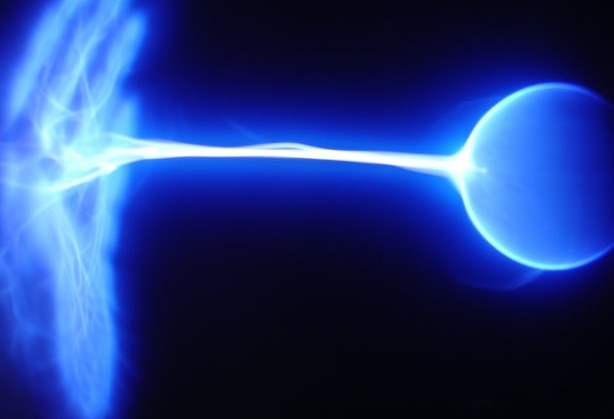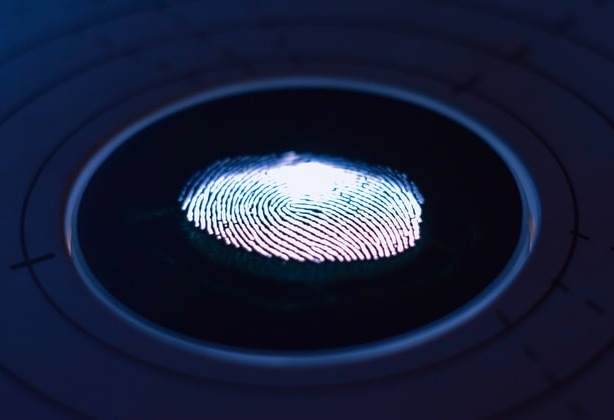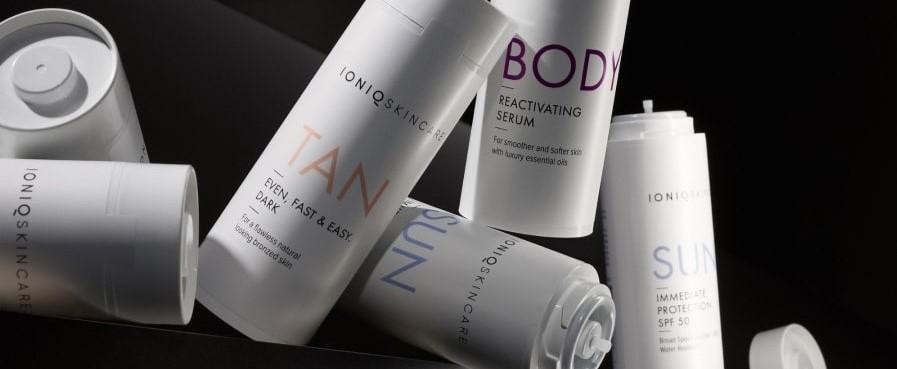Insights drive everything we do
For longer youth and health
As one of the world's leading companies in skincare application technology, we know the importance of insight. Insight is the key to improving our technology and improving people’s skincare routines worldwide. So we can help people feel young, confident and ready to take on anything. That’s why at IONIQ, we are industry leaders in terms of research and development – it’s in our DNA. In fact, we spent 8 years developing our technology before launching – to make sure our solution was the best it could be. We’re proud of everything we’ve achieved and are delighted that our own research is backed up by numerous independent studies, meaning consumers can enjoy IONIQ products with confidence.
Research plays a central role for us. Not only because we are one of the world's leading companies that use high-tech to make the application of cosmetic sinners more effective and easier. But also because we are working on shorter challenges. Namely, skin care products that help people stay young longer, feel young longer, and stay healthy longer. We invest many times more in research and development relative to sales than other companies in our industry. Our first basic research goes back to 2013. In the approximately 8 years until our products are ready for sale, the strong focus on research and development has become deeply embedded in our DNA. Today we can fall back on extensive and modern laboratory equipment and research facilities. With some success, as the numerous independent studies on the effectiveness of our products and meanwhile more than 50 international patent applications suggest.
Global leaders in research
Research for youth and health
Our research focuses on four key areas. In the first two research fields, we benefit extensively from our technology partnership with the WAGNER Group, and here we count ourselves among the top international research leaders. The other two research fields cover future topics in which we are still learning.
-compressed-(1)-1906-0.jpg)
Electrohydrodynamic spraying
Investigating connections between ionization of liquids and the formation and geometry of high-quality aerosols, in the area of electrohydrodynamic spraying.
-compressed-1907-0.jpg)
Fluid dynamics
Fluid dynamics responding to the behaviour of aerosols in the air, for example when they emit from the sprayer and are then drawn towards the skin.

Plasma research
Ionization having a positive effect on skin health; through our plasma research, we strive to improve our understanding of how skin barriers are strengthened, and how skin regeneration is stimulated.

Biometric recognition
Our groundbreaking biometric recognition research revealing how our sprayer might recognise the user, therefore enabling enhanced personalised applications.
Better research together
CREATING NEW KNOWLEDGE WITH CURIOSITY AND PASSION
We excel in these first two areas of research, thanks to our acclaimed partnership with WAGNER Group; with whom we are lucky to call ourselves top, global leaders in research. In other research areas, we use our expertise to continue developing our understanding. Feel free to get in touch with any specific research projects you have. Give us a brief description of what you plan to do and how you expect us to contribute, and we’ll get back to you within 24 hours. We look forward to hearing from you and collaborating.
Groundbreaking research
THIS RESEARCH HAS HAD A MAJOR IMPACT ON US
Schleusener et al., „Electrohydrodynamic spray applicator for homogenous application and reduced overspray of sunscreen“, Skin Research & Technology, Jg. 27, Nr. 2, S. 191-200, 2020.
Jaworek und A. Krupa, „Classification ofthemodes of electrospraying“, Journal of Aerosol Science, Jg. 30, Nr. 7, S. 873–893, 1999.
Zeleny, „The Electrical Discharge from Liquid Points, and a Hydrostatic Method of Measuring the Electric Intensity at Their Surfaces“, Physical Review, Jg. 3, Nr. 2, S. 69–91, 1914.
Vonnegut und R. L. Neubauer, „Productionofmonodisperse liquid particles by electrical atomization“, Journal of Colloid Science, Jg. 7, Nr. 6, S. 616–622 1952.







